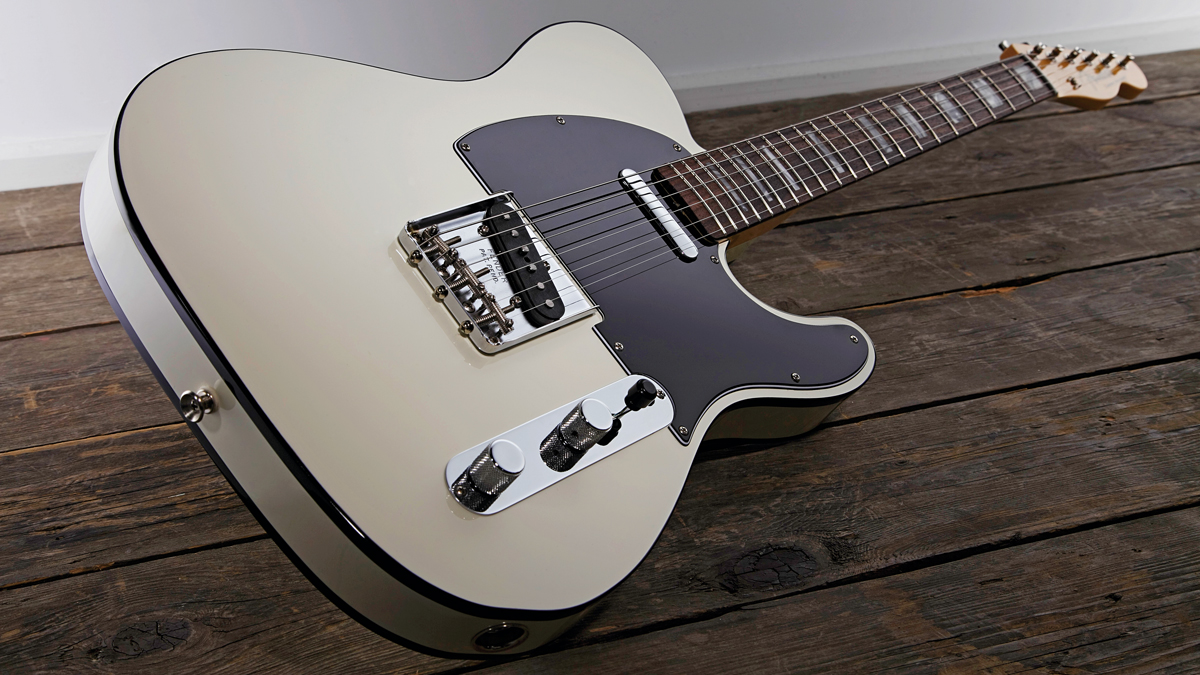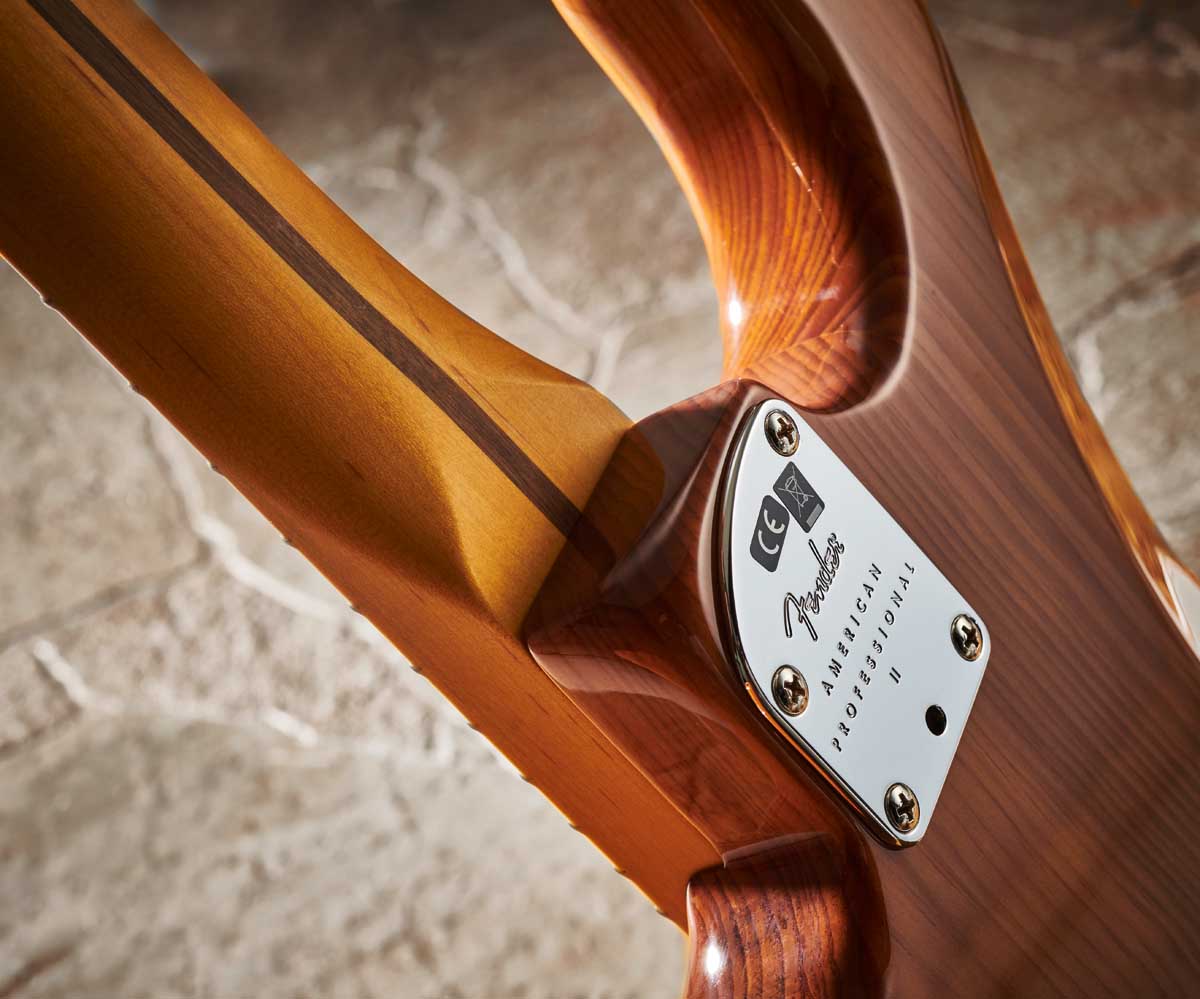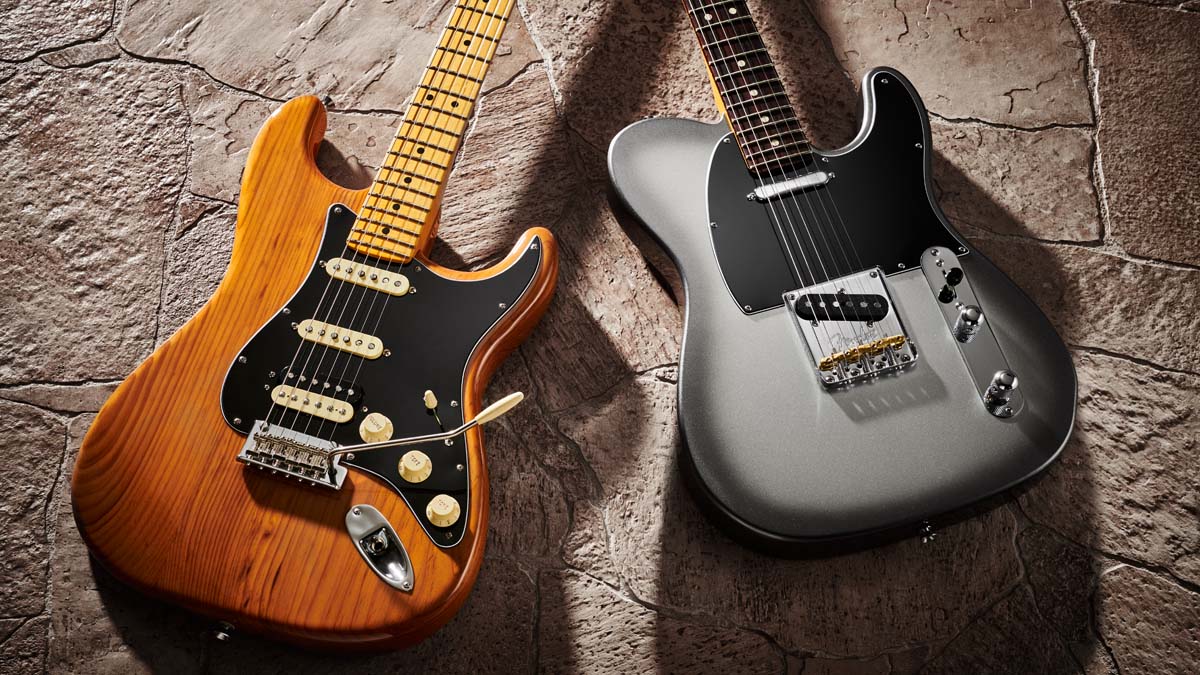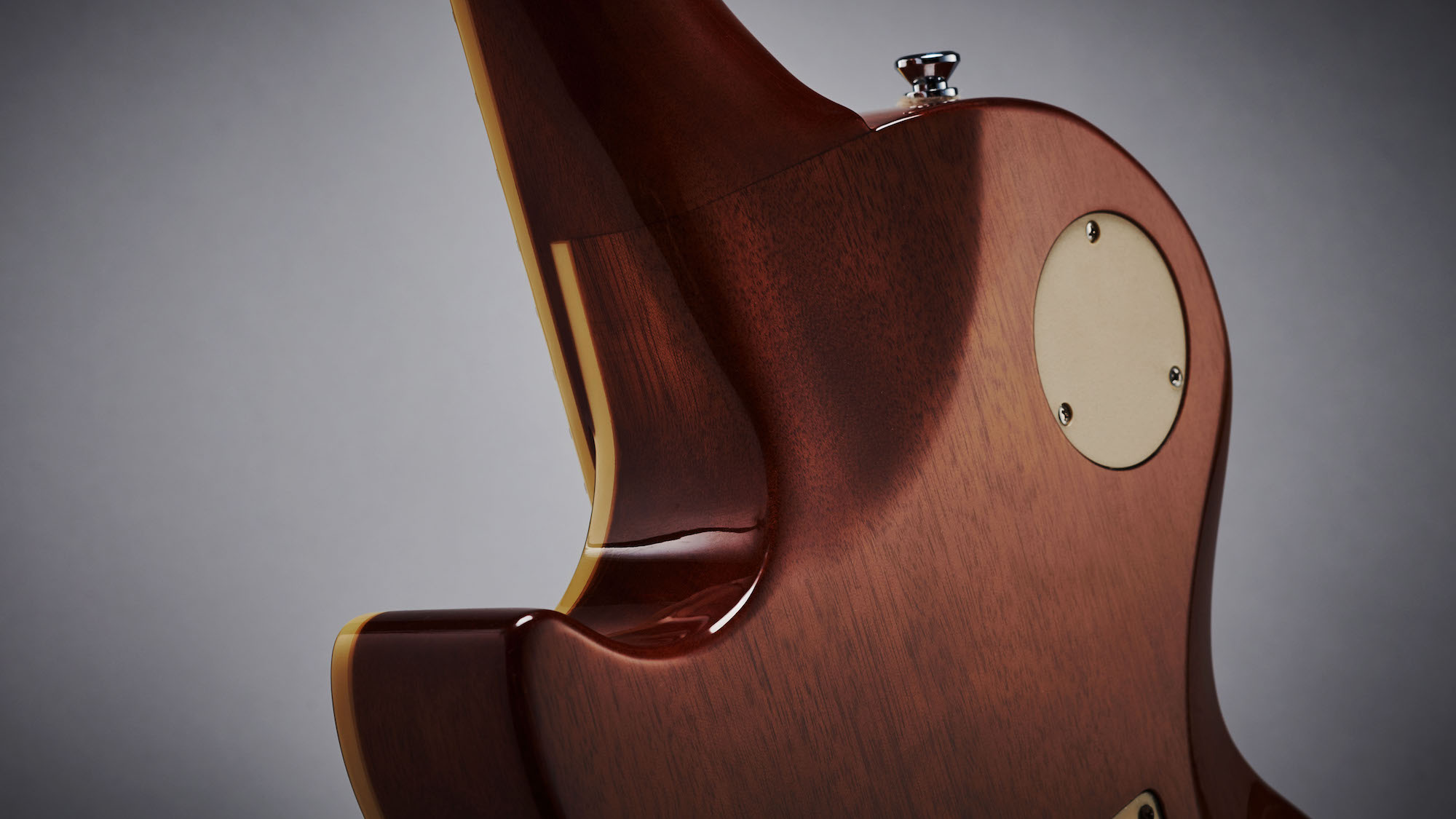How the weight of your electric guitar affects its performance and build
Many players obsess over the weight of their guitar, but how much difference does it make?

The weight of a guitar can be an emotive subject. There are those who think it doesn’t matter, while others won’t touch an instrument if it’s a few ounces ‘overweight’.
In every Guitarist review we weigh the guitars, so if we comment “it’s a great weight”, you know exactly what that weight is. Likewise, we might comment that the guitar is on the heavy side: again, you can see precisely what it weighs in the spec list.
Heaviness needs to be on your radar if you’re buying a guitar body as the start of a partscaster build. Considering the weight might not directly be an indicator of the final sound of your build, but it can certainly affect your enjoyment of the finished instrument if it falls outside of an accepted weight range.
Most guitar styles have a weight range, but, of course, we’re talking about the overall weight of the instrument, not just the weight of a body – the heaviest lump of real estate in your build. But what percentage of the overall weight is that body?
Well, using a Wilkinson S-type kit gives us an idea in that we can weigh the neck – which we’d presume is less likely to vary, weight wise, as much as the body – and even the parts, which are also pretty consistent in weight.
So, with the neck at 0.56kg (1.23lb), which will be slightly lighter in practice as it has an as-yet-unshaped paddle headstock, and all the parts at 1.12kg (2.47lb), we have a total of 1.68kg (3.7lb). To bring an S-type guitar in at around 3.18kg (7lb), we’d need a body that’s approximately 1.5kg (3.3lb). If we had a body around 1.8kg (3.96lb), we’d probably end up nearer 3.48kg (7.7lb). These are obviously ballpark figures, but you get the idea.

For many players, light is best. But why? A super-light body can affect the balance of the guitar strapped on and, in extreme cases, cause neck dive. A heavier body will cure that and the guitar should feel more centred on the strap.
All the latest guitar news, interviews, lessons, reviews, deals and more, direct to your inbox!
For a lot of us, though, playing the guitar seated (most likely without a strap) can be just as important. Here, a heavier body can mean the guitar tends to slip off your right leg – something Les Paul owners will know about.
Weight might not indicate the sound, but it can affect your enjoyment of the finished instrument
Sound? That’s the hardest part to predict. We know the common name of the body wood and hopefully its weight, but we don’t know the condition or how it’s been dried (which can also affect the weight). And will the sound be affected by the fact the body spread is made from one, two, three or more pieces of the quoted timber?
That’s a harder aspect to quantify, but bear in mind that one-piece bodies will cost a fair bit more than multi-piece bodies. Not surprisingly, one-piece lightweight bodies usually cost a premium, too; heavier three-piece (or more) bodies, even of the same wood type, will usually be cheaper.

Assumptions about the sound of a piece of wood, such as a guitar’s body, are far from definitive. Alder is probably the most common bolt-on wood and would be my recommendation as the preferred choice for your partscaster bolt-on build.
Ash can look more interesting with its wavy strong grain, and, while that makes it a popular choice for translucent finishes, its weight can vary quite dramatically. As we’ve reported, however, American ash is becoming less easy to source and more expensive as a consequence.
Light ash (or swamp ash) can cost a premium, too; heavier ash is frankly heading for boat-anchor territory. Other choices include the typically cheaper poplar, basswood and lesser used woods such as obeche, which can be very lightweight.

Of course, you can always cross the tonal tracks by using a ‘Gibson’ wood, such as mahogany, with or without a flamey maple top. But beware of making too many assumptions here. Having made and played bolt-ons built from virtually everything imaginable, from hardboard and plywood to synthetic marble substitutes, I will say one thing: with those three single coils in place, it’s gonna sound Strat-like.
There is history in semi-solid Tele-style bodies, Strat-types, too, and there’s no fixed rule here, either. Semi-solid and chambered designs are used to lessen weight or indeed create a sometimes hard-to-quantify ‘hollowness’. Can you hear the difference between a nine-hole weight-relieved Les Paul and one that’s all solid? Discuss…

The whole ‘sound of wood’ debate is not something I want to get into here, but I’d suggest sticking to the recipe that, in simple terms, suggests a light ash body for a '50s-style build, typically with an all‑maple neck, and an alder body for a '60s‑style build with a rosewood fingerboard.
That said, I put a partscaster together some years ago using a DiMarzio neck (maple with a rosewood fingerboard) and mainly mahogany body – a twin-humbucker ‘rock’ S-type that always sounded exceptional – and it was a good weight, too. The beauty of Fender’s modular design means you can always swap a body, or a neck, down the line.
Finally, I would suggest considering the pickup routing. If you go SSS and then want to try HSS, you’ll need to rout the body – something that’s not easy without the right tools. I’ve chosen an HSH rout for this ongoing build and, in theory, this should mean we can use any pickup configuration, with just a little modification, simply by swapping the scratchplate.

Dave Burrluck is one of the world’s most experienced guitar journalists, who started writing back in the '80s for International Musician and Recording World, co-founded The Guitar Magazine and has been the Gear Reviews Editor of Guitarist magazine for the past two decades. Along the way, Dave has been the sole author of The PRS Guitar Book and The Player's Guide to Guitar Maintenance as well as contributing to numerous other books on the electric guitar. Dave is an active gigging and recording musician and still finds time to make, repair and mod guitars, not least for Guitarist’s The Mod Squad.
